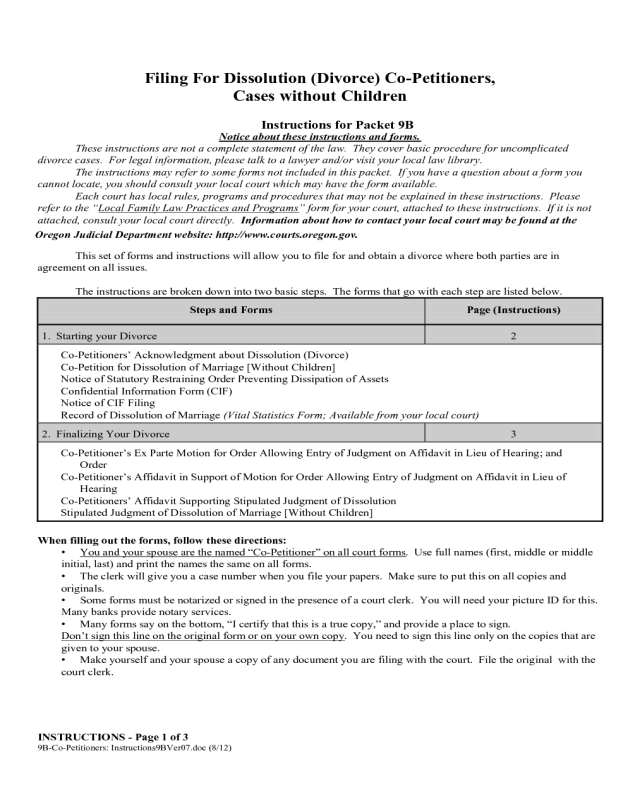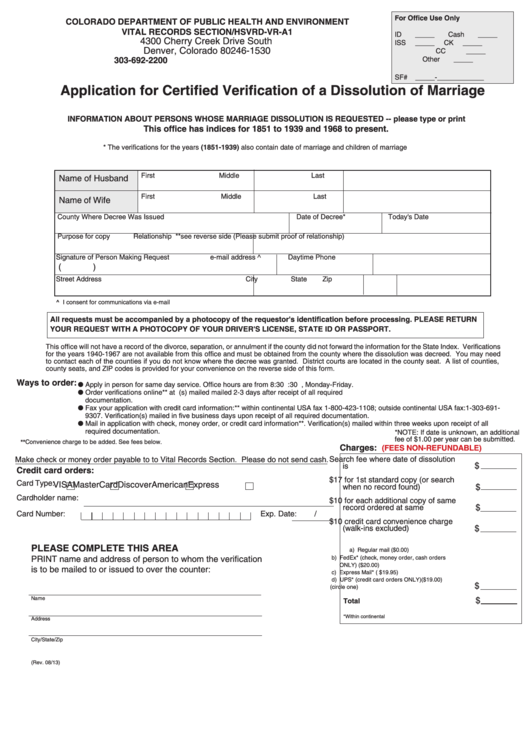

The references and dates of cases refer to the relevant volume of decreets, that is, judicial decisions (CC8/5), and/or the case papers (CC8/6). The index to persons (CC8/6/176) and the fuller case lists (CC8/20/6) allow a search for a case in the decreets (CC8/5) and processes (CC8/6).Ī list of divorce and other cases can be found in 'The Commissariot of Edinburgh - Consistorial Processes and Decreets, 1658-1800' edited by Francis J Grant (Scottish Record Society, 1909). Many of the cases involving children are extracted processes. Sometimes the letter 'R' is used alongside entries to show that case papers were 'Retained', while in others the eventual year of transmission is shown in round brackets. If children are involved in a divorce, the case papers are normally transferred to us only when the youngest has reached the age of 16 - you may have to search through the indexes on this basis. For extracted processes the judge's verdict can be found in the Register of Acts and Decreets (CS45), using the last date for a case in the minute book. Case papers can be either 'extracted' or 'unextracted' processes. Those transmitted to us are listed in our catalogue and can be found by searching for either party involved in the action.įrom 1935 to 1984, individual divorce cases are listed in our catalogue and can be found by searching for either party involved in the action.įrom 1830/5 to 1934, the printed general minute books of the court (CS17/1) lead to card indexes and bound indexes to the cases. If a divorce was heard in the Court of Session, the papers remain with the Court for up to six years after the conclusion of the case (or longer for those involving children as they are usually retained until the youngest child reaches the age of 16). As a result we recommend that you contact us in advance of any visit to check whether we hold the case papers or whether they are still held by the sheriff clerk.

Sheriff Court records are not transferred to us until they are at least 25 years old. From this date, the vast majority of divorce cases have been heard in sheriff courts rather than the Court of Session. The register is indexed and you can obtain a copy of an entry (known as an official extract from the registers).

The Registrar General for Scotland has kept a Statutory Register of Divorces since. Further information can be found in 'Tracing your Scottish ancestors: the official guide' (our shop page has details of the latest edition). The following is a summary guide to our records starting with modern records. In Scotland a married woman traditionally retained her maiden name and in the indexes and records she may be designated as 'Mary Smith, wife of John Jamieson', or 'Mrs Mary Smith or Jamieson'. The records of most divorces in Scotland are listed or indexed in some way and are relatively accessible. the history of divorce in Scotland (from the Middle Ages to the present day).the Statutory Register of Dissolutions (of Civil Partnerships).This guide provides advice about finding records of divorce from 1563 to the present day and finding records of separation and other cases.


 0 kommentar(er)
0 kommentar(er)
